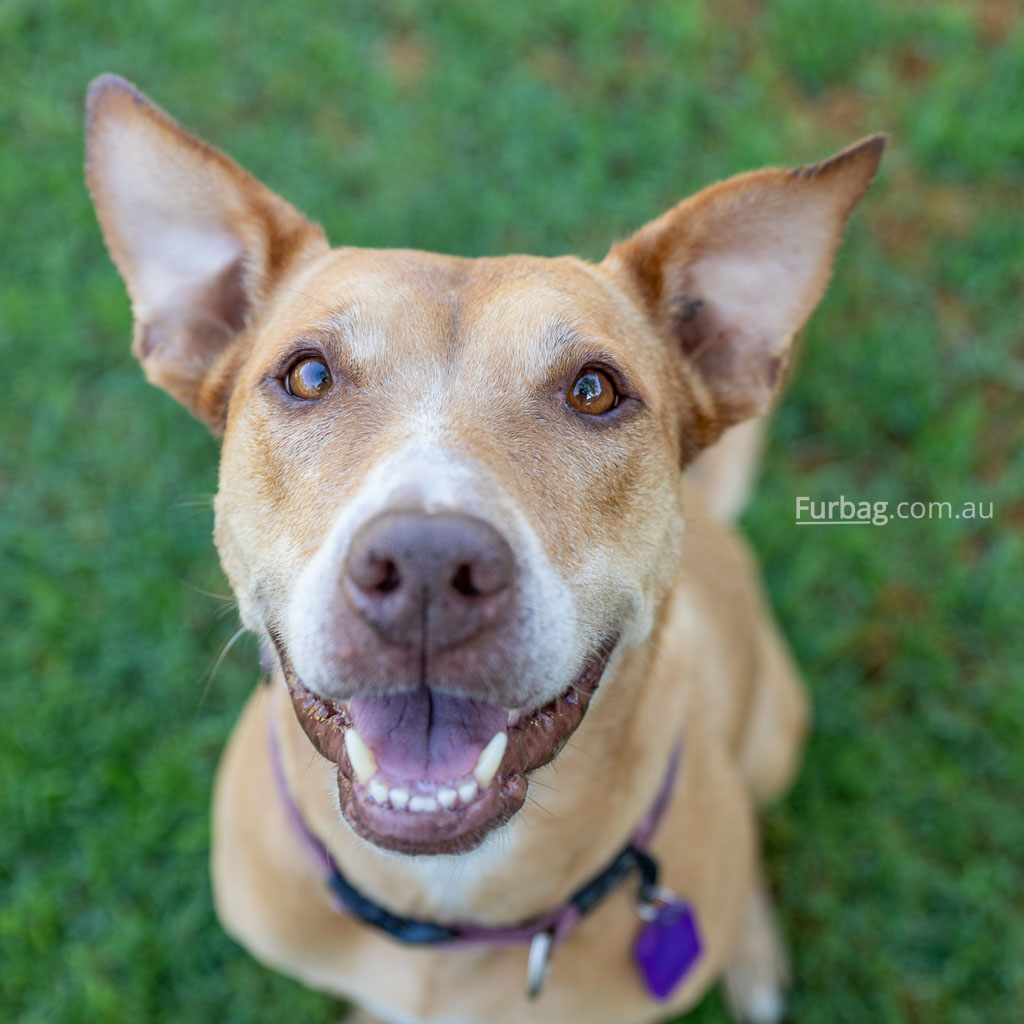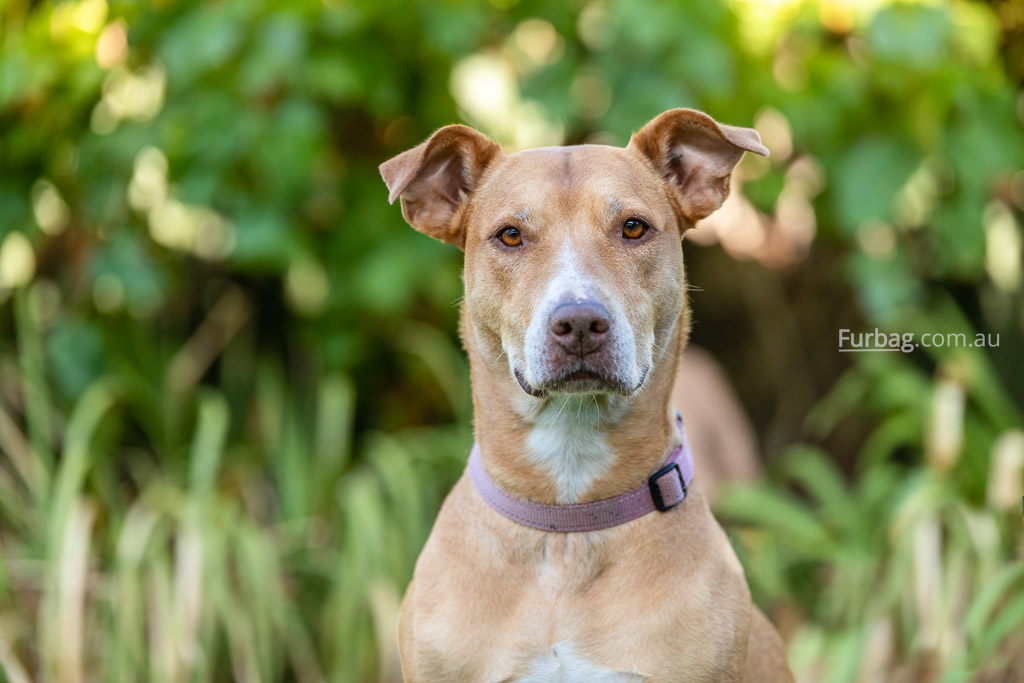Anecdotally rescue organisations tell us that professional photographs help dogs and cats get adopted faster. It turns out there is now some scientific research that backs that theory up. A good or great photo that has an adult dog looking at the camera and clearly shows their features reduces the time it takes for a dog to be adopted according to Lampe and Witte.

There are a range of questions I’d still like answers to so I know how best to focus my time to get the best results for the amazing dogs in care.
- What kinds of expressions work best? Happy, Sad, Goofy, Serious, Relaxed?
- Do action shots help or hinder?
- Does a bit of video help?
- Do any of these variables vary by dog size, colour, breed, age?
- Does the most attention on social media align to the best matches?
- Do funny out-take have more impact than a classic portrait?
- Should we be including more images with other dogs?
- Should we be including more images of adoptable dogs with their carers?
- How important is a variety of ‘poses’?
- How important is a variety of settings?
- Do studio photographs have a ‘Hello-Cupid affect’ where some dogs look too pretty for people to apply to adopt because they assume they will be snapped up?
- What is the relative importance of good photographs to engaging textual descriptions?
As a volunteer photographer for rescues one of the challenges I face is that I rarely hear when my doggy talent goes to a new home. That means I have no way of getting feedback on what works best, and I can’t refine my process for that. Almost all rescues are run by volunteers so I can’t ask them to add that feedback to the overload they already have.
From a research perspective, one of the challenges on this topic using existing data sets from sources such as PetRescue or Savour-life is around long termers.
Usually dogs that come into care with some backstory needs some time to settle before they are ready for adoption. This gives the rescues time to get to know the dog and what they will need in a new home, and often help them through health or confidence issues. The images that go up as part of their original adoption profile may not most effectively reflect the dog they are when they are ready for adoption. Where a volunteer professional is not available early on, some dogs will have a mix of photographs on their adoption profile, making analysis of this data difficult to fit into a statistical model. Who know, machine learning and AI might give us options to look at metadata in future to aid this research.
Looking at the research of Nakamura et al suggest we might be better off photographing dogs in kennel situations with closed mouths, which goes against the general inclination of most photographic volunteers. One thing I’m taking away if that having a watermark on the image isn’t helping the dog get adopted, so that’s something I might be moving away from for rescue shoots from now on.
This week I went to photograph Molly, who has been with her foster carer for nearly 12 months. It’s not uncommon for us to be called on to create fresh images for animals that have been waiting for adoption for some time. Molly is a really beautiful girl. She is a wonderfully mature dog at 7 years of age. She loves a walk at the park, stops when instructed and loves the water. She needs a secure yard as she can wander if spooked but has a very loving nature that will fill the right home with love. I do hope her new pictures help her find a perfect home, but will continue to explore the evidence to see how I can best serve dogs like Molly.

References
Lampe, R., & Witte, T.H. (2015). Speed of Dog Adoption: Impact of Online Photo Traits. Journal of Applied Animal Welfare Science, 18, 343 – 354. https://pubmed.ncbi.nlm.nih.gov/25495493/
Nakamura M, Dhand N, Wilson BJ, Starling MJ, McGreevy PD. Picture Perfect Pups: How Do Attributes of Photographs of Dogs in Online Rescue Profiles Affect Adoption Speed? Animals. 2020; 10(1):152. https://doi.org/10.3390/ani10010152